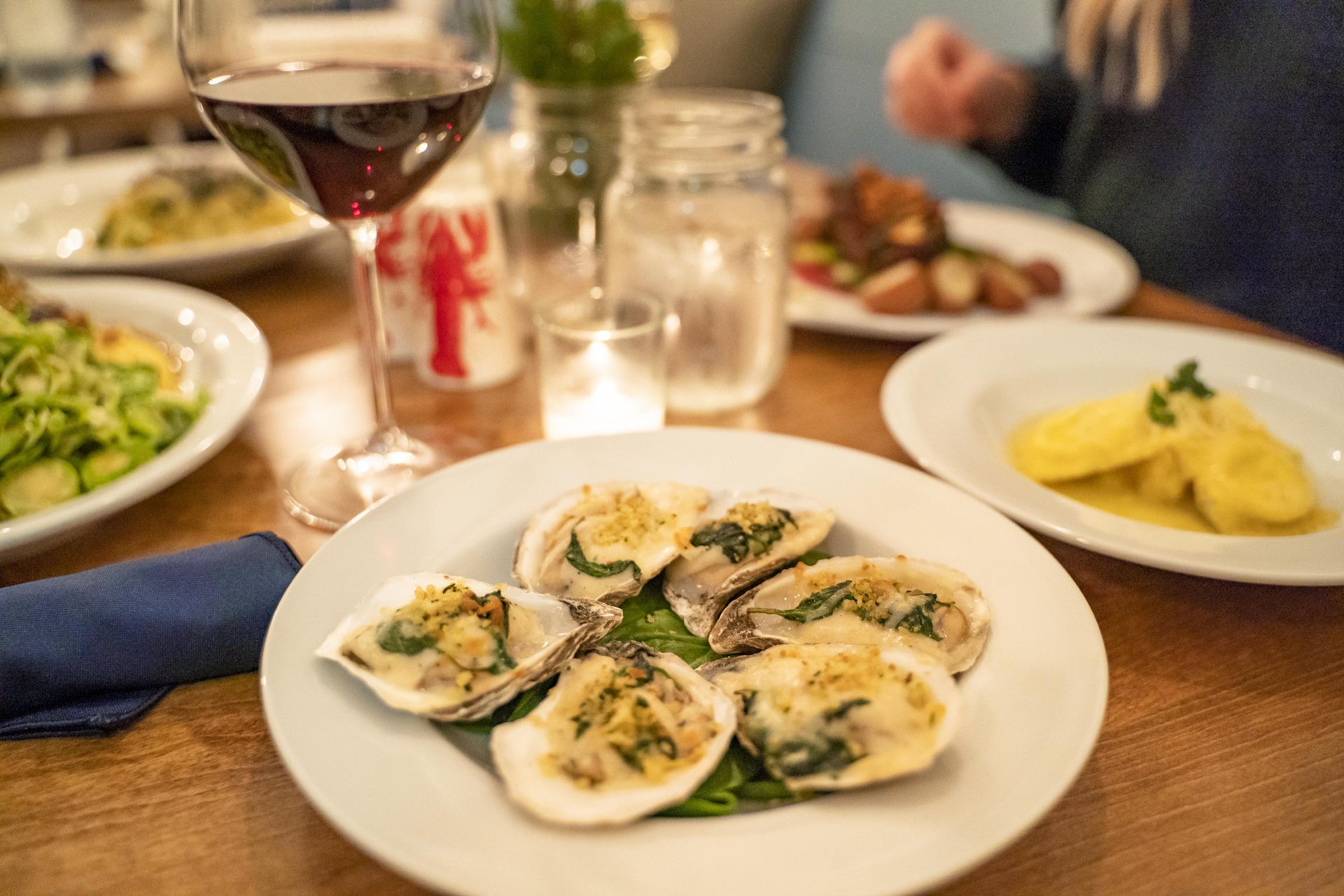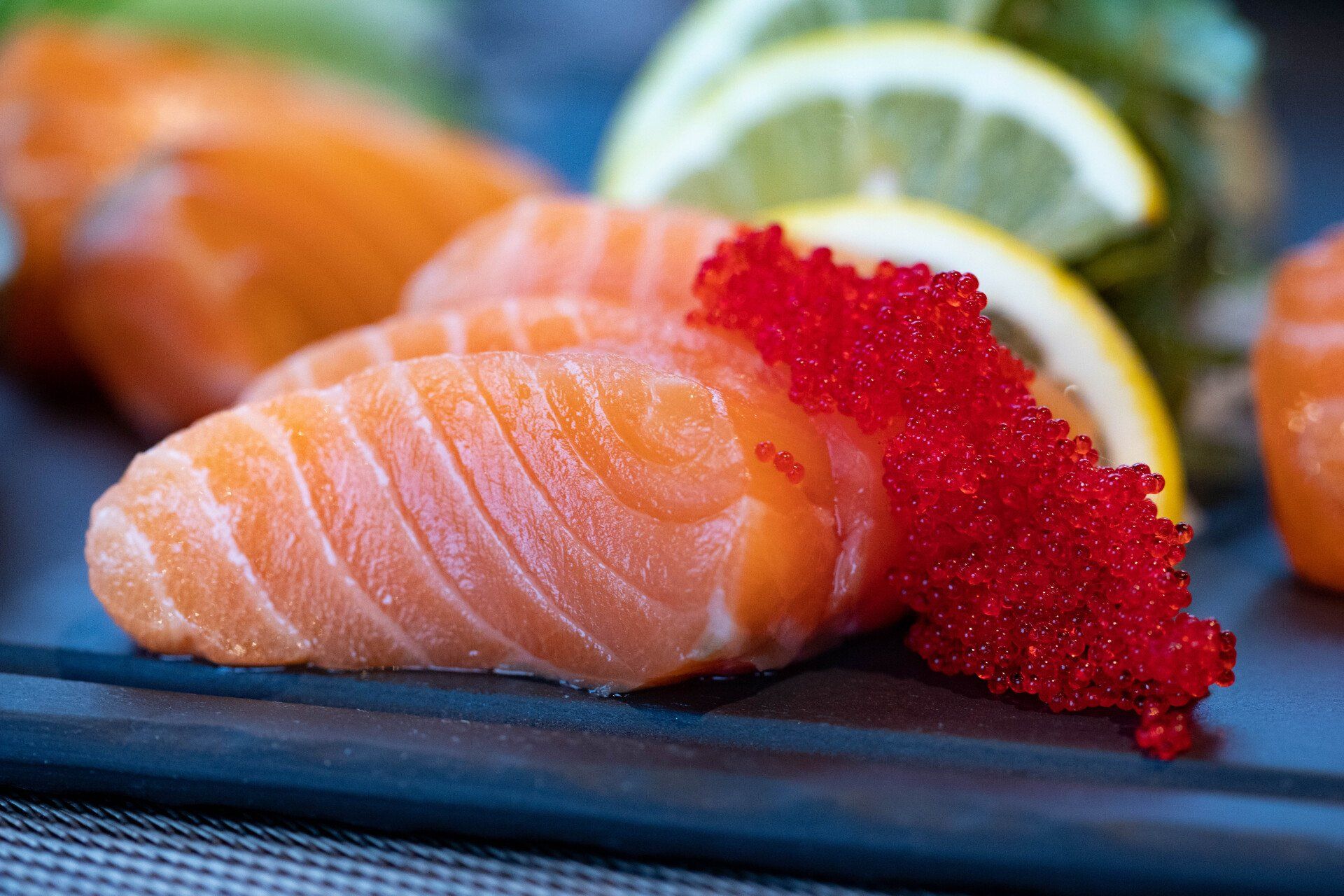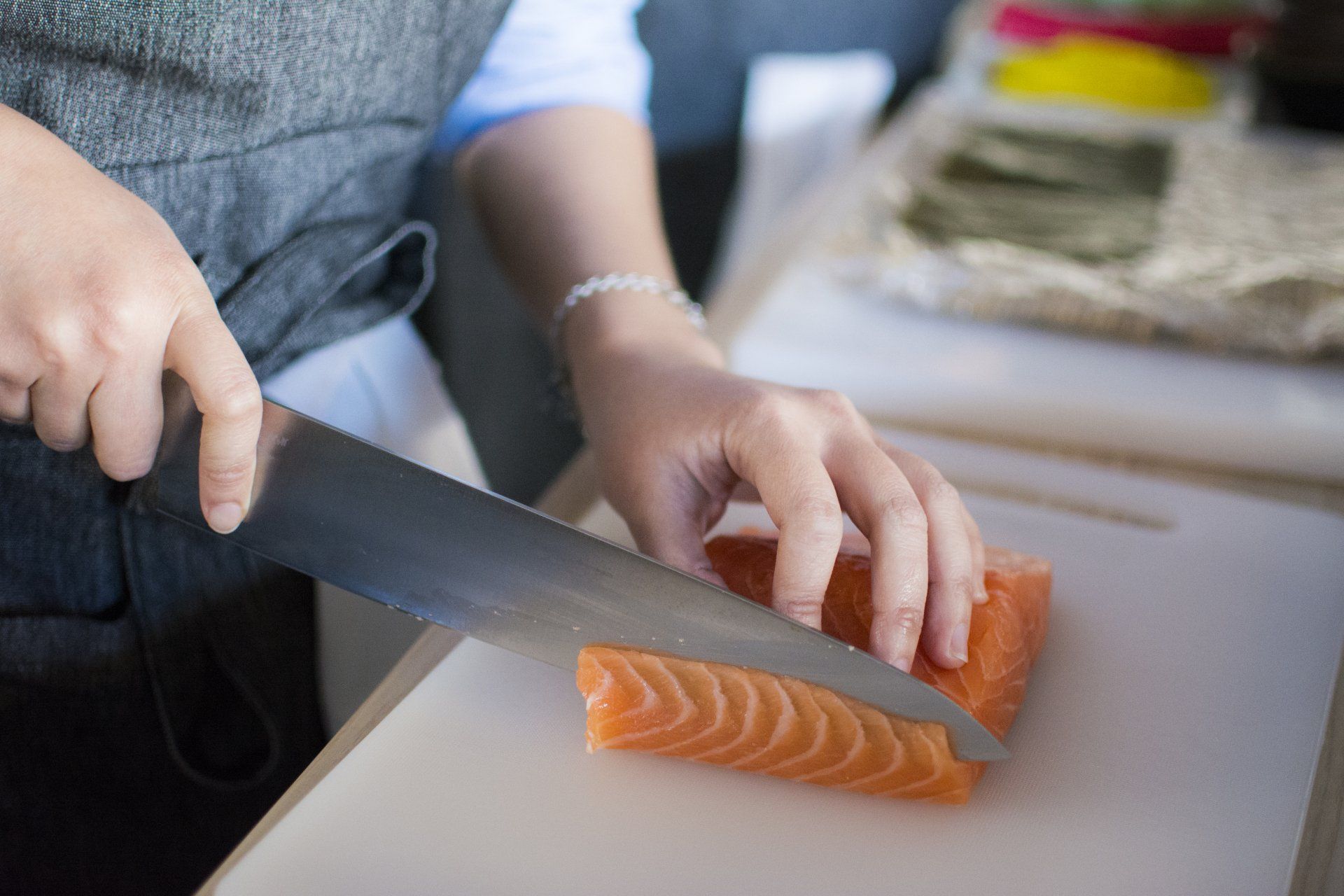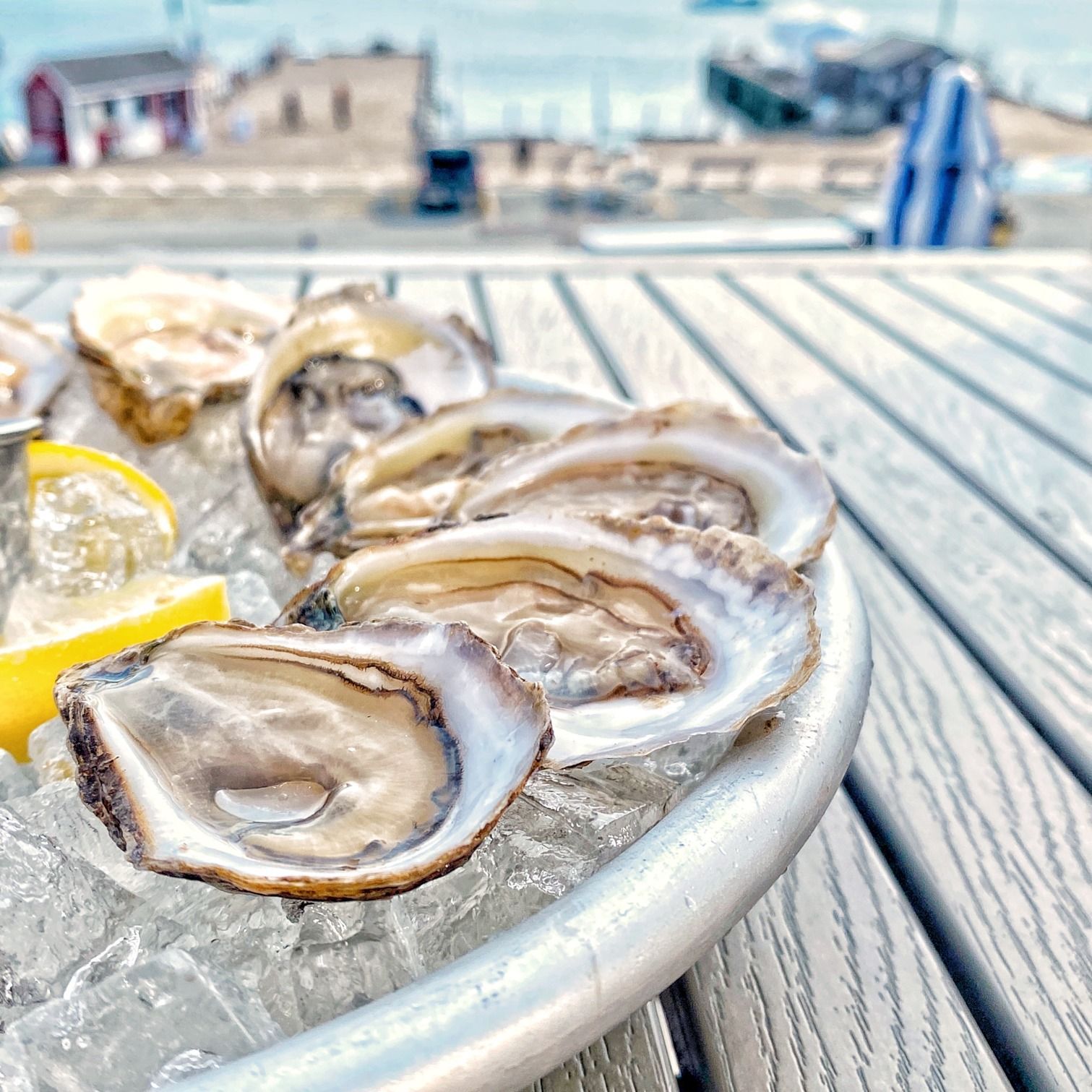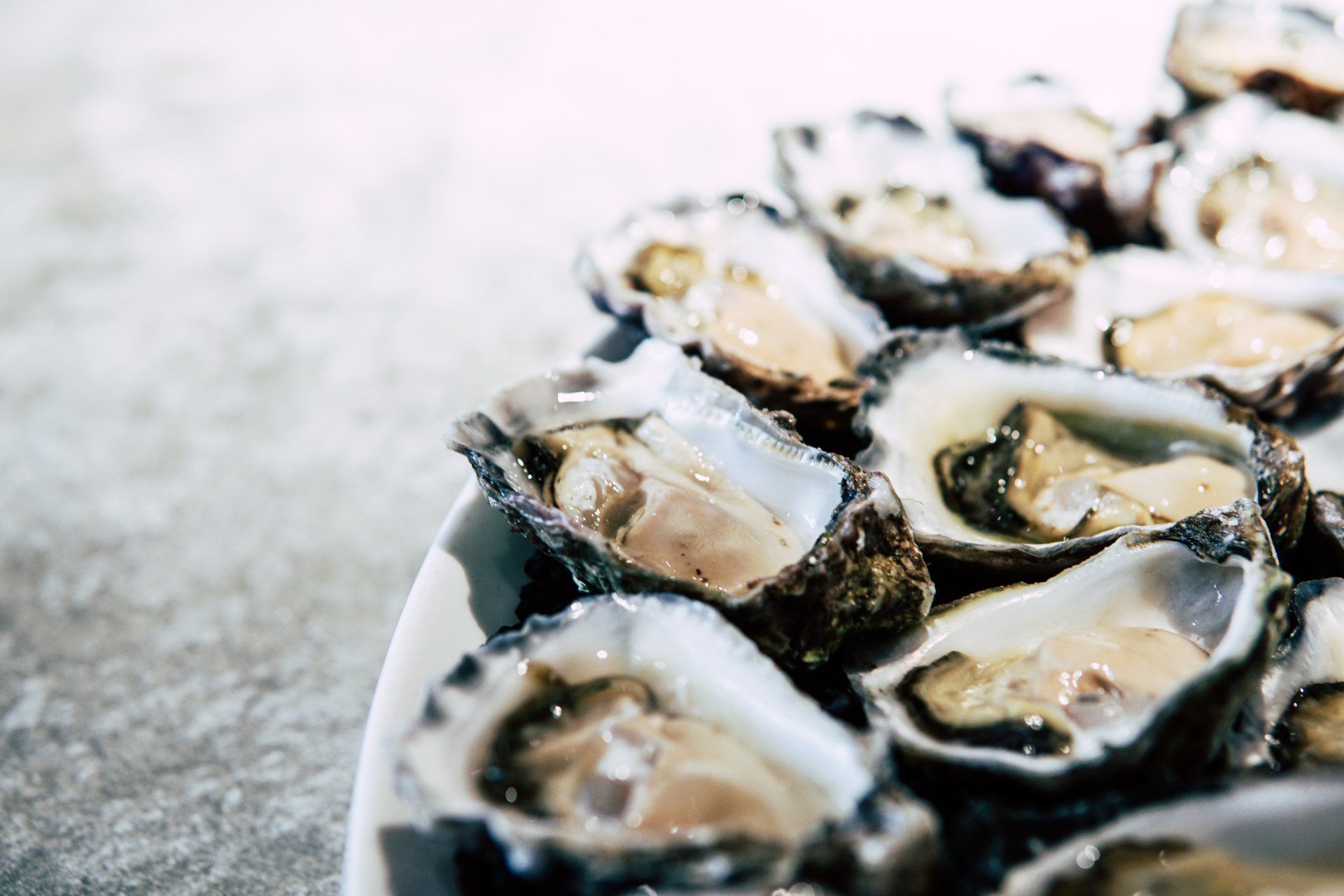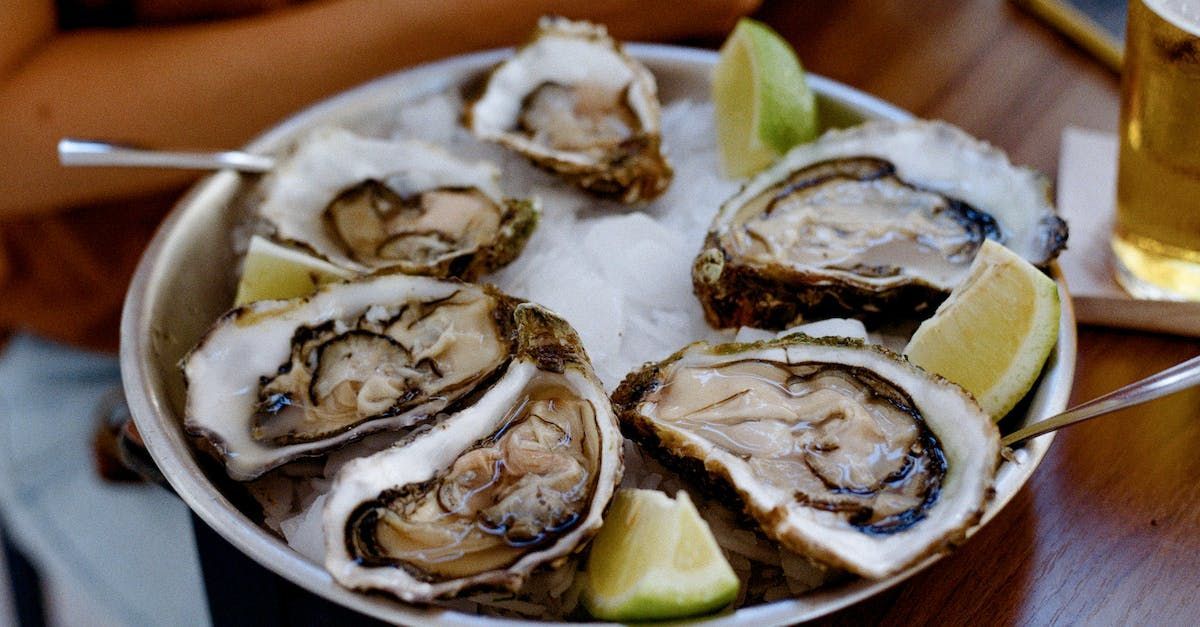D I G B Y & A R E A
SALMON + OYSTER
AQUACULTURE
Aquaculture in Digby, focusing on Atlantic salmon and Pacific oysters, is a thriving industry with substantial economic potential. Salmon farming, operational since 1994 in the Annapolis Basin, generates approximately $25 million annually, while oyster farming, utilizing methods such as release and bagging, supports sustainable practices and initiatives like those led by Bear River First Nation. Together, these ventures highlight Digby's role as a promising center for seafood production and sustainable maritime industries.
T H E V I T A L R O L E O F
AQUACULTURE +
COASTAL
ECONOMY
Atlantic salmon (Salmo salar)
The Atlantic Salmon is a
species of ray-finned fish in the family
Salmonidae. It is the third largest Salmonidae, behind
Siberian taimen and Pacific
Chinook salmon, growing up to a meter in length.
Atlantic salmon is considered a very healthy food and a fish with a more refined taste in many cultures. As such, it is featured in numerous popular traditional cuisines and can fetch a higher price than some other fish. It has thus long been fished recreationally and commercially.
Techniques to farm this species using aquacultural methods have been developed, and at present it is farmed in great numbers in many places around the world.
In Digby, the young smolt are taken to the pens in the Annapolis Basin, where they are tended for up eighteen months. The salmon aquaculture was established in the Annapolis Basin in 1994. Significant employment and investment directly and in-directly contributes to the regional economy. Calculated annual landings for the Port of Digby is ~$25M.
Oysters
Oysters are
filter feeders, drawing water in over their
gills through the beating of
cilia. Suspended
plankton and non-food particles are trapped in the
mucus of a gill, and from there are transported to the mouth, where they are eaten, digested, and expelled. Oysters feed most actively at temperatures ranging from the high 60s to the high 70s (20–26 °C). An oyster can filter up to 190 L (50 US gal) of water per day.
Oysters have been cultured since at least the days of the Roman Empire. The Pacific oyster (Magallana gigas) is presently the most widely grown bivalve around the world. Two methods are commonly used, release and bagging. In both cases, oysters are cultivated onshore to the size of spat, when they can attach themselves to a substrate. They may be allowed to mature further to form "seed oysters". In either case, they are then placed in the water to mature. The release technique involves distributing the spat throughout existing oyster beds, allowing them to mature naturally to be collected like wild oysters. Bagging has the cultivator putting spat in racks or bags and keeping them above the bottom. Harvesting involves simply lifting the bags or rack to the surface and removing the mature oysters. The latter method prevents losses to some predators, but is more expensive.
To prevent spawning, sterile oysters are now cultured by crossbreeding tetraploid and diploid oysters. The resulting triploid oyster cannot propagate, which prevents introduced oysters from spreading into unwanted habitats. Oysters are an excellent source of zinc, iron, calcium, and selenium, as well as vitamin A and vitamin B.
Bear River First Nation is one of the fledgling oyster cultivation enterprises in the Annapolis Basin.
